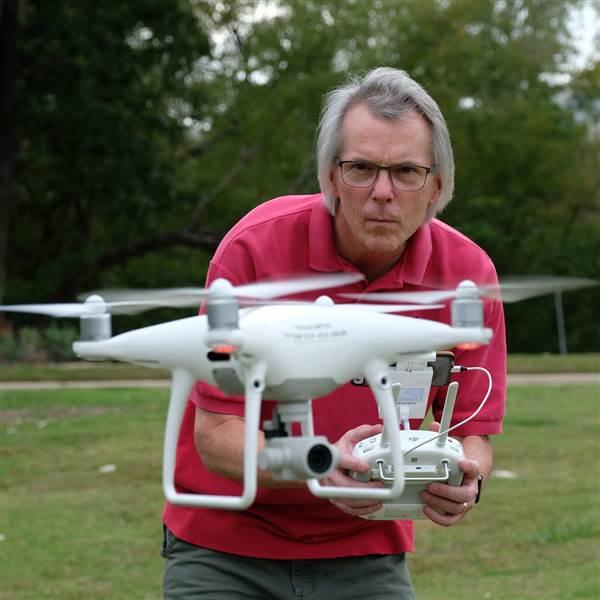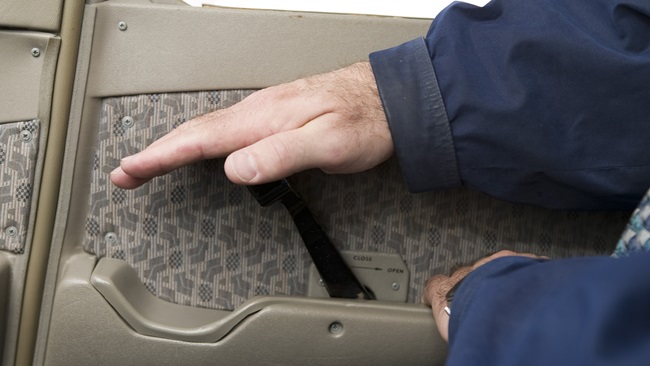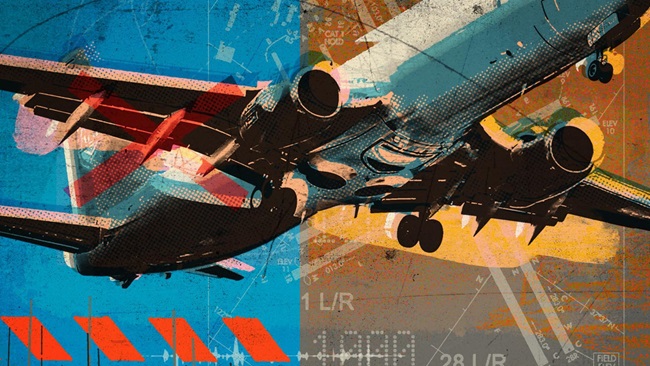Fly it like you ride it
I have too often seen Part 107 pilots approach risk very differently than their manned aircraft counterparts. We shouldn’t. Individual pilots, and the industry as a whole, can't afford a worst-case scenario.
I’ve flown a Mooney for many years, and I keep my instrument rating current. I’ve learned how to manage risk, plan in advance how to respond when things go wrong, and be aware, always, of where I am, where I’m going, and what’s going on. I take the same general approach to flying a four-pound quadcopter when wind, proximity to buildings and power lines, birds, solar flares, and a host of other risk factors make it that much more difficult to get the job done safely.
I fly drones in the Austin, Texas, metro area, which includes the Class C airspace of Austin Bergstrom International Airport. Drone work in Austin can range from being the only bird flying besides a cattle egret if your job is on a ranch on the outskirts of town, to jockeying for position alongside other drones (including hobbyists) trying to capture the same holiday light show, 10K run, or concert. Flying around high-rise buildings poses its own share of risks and challenges, including loss of GPS, signal reflection, passers-by who want you to stop and talk to them, wind vortices between structures, and more.
For me, perhaps the most valuable carryover from manned aviation to Part 107 is considering as many “what ifs” as I can, and in making go/no-go decisions. The systematic approach to risk assessment translates well: What obstacles will the drone encounter on the way back to the home point during an uncommanded return to home? What if I lose a battery or prop along the way? (Planning for power loss is central to manned aviation training.) What if my video and telemetry drop out but I think I still have control of the drone? What are the highest obstacles within my mission area that I can possibly run into? Do I need a visual observer for this job, even if the regulations don’t require the extra help?
Not every question like this has an easy answer. Not asking them can put you in a bad spot.
Air ambulances fly frequently in a city like Austin. They typically check in with air traffic control as soon as they are airborne, which, by the way, can be less than 30 seconds from where commercial drone operations might legally be. A manned pilot will naturally be inclined to monitor the local frequencies and maintain 3-D awareness of the situation around them, which can change rapidly.
Most Part 61 pilots appreciate the value of detailed training on risk management and cockpit resource management. Applying the same kind of thinking to drone operations can go a long way toward avoiding trouble. I want to “stay ahead of the drone,” just as I do in a manned aircraft.
That means thinking ahead and anticipating what could go wrong, and deciding in advance how I would deal with it. When planning any flight, make sure you know yourself (are you well-rested and ready?), your drone, and your environment, and have an exit strategy, such as a safe landing (or crashing) spot to put your drone if things go south. If you are trying to record four sides of a building, do you keep the drone in sight at all times, and launch from two or even three locations to ensure visual line of sight and obstacle avoidance? Or do you, in the interest of time, fly around the structure in one swoop, hoping you don’t lose video connection to the drone? (Here’s hoping the right approach is obvious.)
Just as get-there-itis (when pilots allow pressure to launch to trump safety concerns) contributes to unwise decisions, a belief that mitigating risk is always more important than completing the flight serves remote pilots well in a world of power lines, high winds, poor radio quality, crowds, and a host of other potential challenges and risk factors. I certainly respected the earlier mentioned commercial operator when, with his client present, he scrubbed a downtown mission (I was there as his visual observer) because lack of GPS integrity and wind created a dangerous situation.
I encourage Part 107 pilots to gain and maintain proficiency flying in attitude (non-GPS) mode. Just as an autopilot can be a savior but also a crutch in a manned aircraft, the automation and GPS-based position holding capability of today’s drones make them at times “too easy” to fly. When loss of GPS or some other interference turns your drone into a drunken sailor, being competent in hand flying can make the difference between a safe return, or a crash into the side of a building or bystanders.
When I need to knock rust off in the Mooney, I’m eager to fly with another pilot or instructor. Drones require practice, too. Heading to an empty park or field with the Phantom to fly maneuvers on a regular basis helps me stay comfortable and competent on the controls. Flying circles about myself, patterns like figure eights, and threading some space between trees and baseball backstops on a windy day helps me stay ready to respond when the drone doesn’t behave as expected. Which, by the way, you should expect.
Finally, use a checklist. Every time. You’ll be safer for it and perhaps save yourself a lot of embarrassment over a dirty lens or missing memory card. You might even catch a battery not quite clicked snugly into place before it, and your drone, fall out of the sky.




